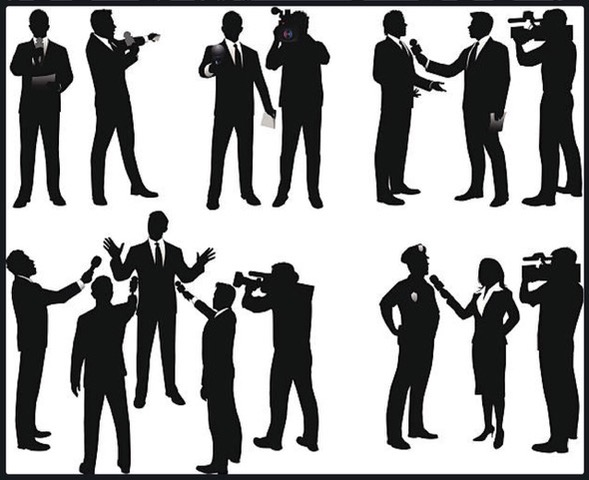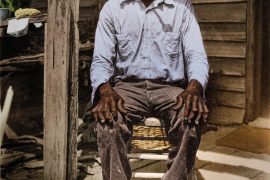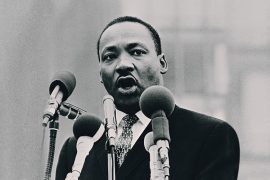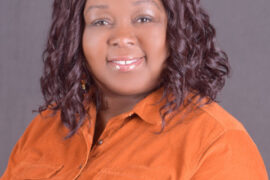Mayor Lori Lightfoot dropped a bomb on Chicago’s media community last Wednesday, May 19. In an open letter to the media, she announced that as she approaches her mid-term, she would give exclusive one-on-one interviewers to reporters of color. Her letter addressed the racism of Chicago media. She said, “I have been struck since my first campaign trail back in 2018 by the overwhelming whiteness and maleness of Chicago media outlets, editorial boards, the political press corps, and yes, the City Hall press corps specifically.” She made a conscious decision and caused a national stir.
The Mayor spoke openly and directly to the racism of Chicago media. She spoke plainly with disgust and frustration. In the name of full disclosure, I have had three exclusive interviews with Mayor Lori Lightfoot. The first was with her on Facebook as a candidate, the second an exclusive television interview for my program, N’DIGO STUDIO, in October of 2020, and most recently, the midterm interview.
She spoke truth to power, the power being the media itself. Suppose Chicago is a tale of two cities. In that case, it is also a tale of two media – one White, and the other Black media/community press, minority/Latin/Gay, and alternative press. If Chicago is considered the most segregated in the nation, what would you expect regarding racism in the media?
As the white mainstream media has reacted to Lightfoot’s comments and discussed them, some have expressed that they are “offended.” Yet, as they address the issue, notably, Black-owned media companies have not been called upon to join the conversation. We are the ones who do the work, raise the issues, and offer a Black frame of reference with a Black viewpoint, addressing the 800,000 Black citizens in the city regularly. We are the ones that speak to the harsh realities.
And even as the conversation was being conducted, one political editor dared to say that Black reporters would be light on Lightfoot. The remark is insulting and racist thinking.
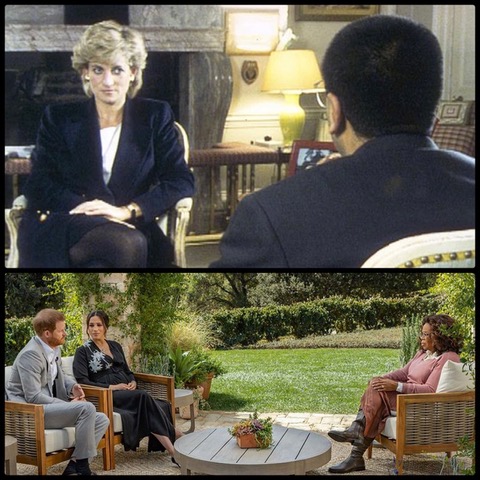
Exclusive Interviews Are Customary…
It is customary for reporters to seek exclusive interviews with politicians and celebrities and vice versa. Think Oprah Winfrey and Barbara Walters. Prince Harry and his wife Meghan sat down with Oprah exclusively to talk about the inner workings of the Royal family, for example. Oprah continues to cover Prince Harry with untold revelations about his mental health in yet another exclusive interview.
British Broadcast Corporation, reporter Martin Bashir, had an exclusive interview with Princess Diana, revealing a “crowded marriage.” President Donald Trump was notorious for choosing the reporters he wanted to speak with, particularly those on FOX NEWS. Mayor Lightfoot wished to talk to those who might understand her most, or she just gave a leg up to the Black press. Mayor Lightfoot announced her intent, and it was a bold move. Exclusive interviews are a part of the media makeup, and this is precisely how media firms and politicians maintain a competitive edge. Aretha Franklin was famous for giving exclusives to Jet Magazine to her favorite reporter as she made the news.
Is The Media Racist?
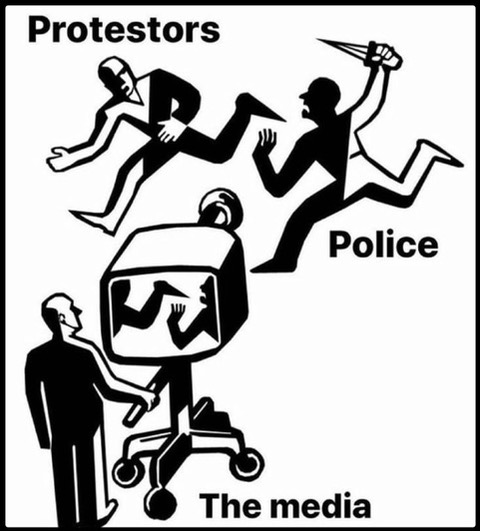
Racism is a complex subject to discuss in America. The discussion depends on who you ask and when. We are just beginning to have an honest, open debate on the issue, as Blacks contribute with a new frankness, a new face, and freedom to discuss. This has come about in the aftermath murder of George Floyd and the Black Lives Matter movement. Hitherto, the discussion on social injustices, racism, and the like was limited to the civil rights movement leaders.
As the Floyd case was reported, we saw Black reporters cover the news differently. Some cried as they described what happened. The media shapes the narrative, perception, access, insight, and authenticity. These are the real issues of the press, not mere diversity.
The Kerner Report of 1968 spoke to the media divide and how the media was not fair or representative of Black America. Lightfoot said on the lack of diversity in the newsrooms and editorial boards, and indeed that is true, but it is beyond. The real issue is viewpoint and perspective, and decision-making. Black face does not always reflect a black point of view, nor should it. Blacks are not monolithic; there is diversity within, just as present as the rainbow of skin tones.
We see things differently in this country, influenced by demographics, history, race, gender, education, and income. Yes, race matters. We begin to see Black varied perspectives on national news shows. When President Barack Obama occupied the White House, new faces offered political analysis like Roland Martin, Professors Michael Dyson, Cornell West, and Donna Brazil. Collectively they appeared on the national stage, expounding, intellectualism on current events entering a new analytical perspective. Yet during a change in the national landscape, a white reporter from the Washington Post said we lived in a “post-racial society.” The airwaves opened to The Reverend Al Sharpton as he begins to host a new news type program, on MSNBC, Politics Nation, with insights and inquiry from the civil rights perspective, as he spoke to America about Black America and the body politics. The narrative changed. Police slaughters might not be so newsworthy if not for Sharpton’s social justice public mass media calls and appearances.
Viewpoint is Important…

Perspective is important. Authencity is significant. Viewpoint impacts. The media is a socializing agent in society. It shapes options and tells us what’s important, providing information, insight, and enlightenment. As we live in the era of social media where communication is instant varied and sometimes wild, it does not replace traditional media. No one says that Facebook Page X endorsed said candidate, but the candidate can communicate directly to the constituency with relevancy. Don’t think so? Think non-politician Donald Trump, a media invention. Thus the gender and ethnicity of reporters, writers, and editorial board members are, as the world becomes browner and blacker in every way.
The slave master’s story is very different than the slaves. The slave master’s short order interpretation might be some men from England when to Africa as they sought workers to build a new country. The slave’s interpretation might be that people were stolen from the African continent, held captive, forced to work for free, and became slaves, where they labored with deprivation for 400 years as new people forged. Does it depend on whom you ask? Interpretation matters.
The Black Press
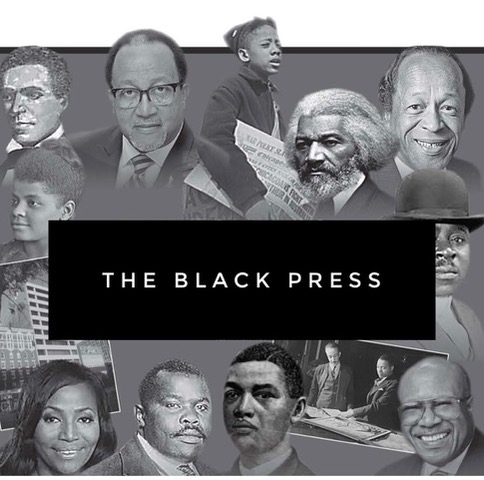
My first opinion column appeared in The Chicago Sun-Times with an article entitled, “The Minority Notion.” It was advocating legislators and newspapers to cease using the word “minority” as a “legal term” because everyone was a “minority” but a “white male.” I questioned the racial identity of Black folk labeled “minor.”
The article was submitted to Mr. Ray Coffey, a white male. He rejected it at first. We argued the viewpoint back and forth as he was considering the publication of the article. I asked him if the article was well written. He said, “it is not the writing; it’s the viewpoint. “His words stung, but they were honest and accurate. I was introducing a new view. I never forgot his words. With this in mind, I began to think differently; the press was not open to all ideas.
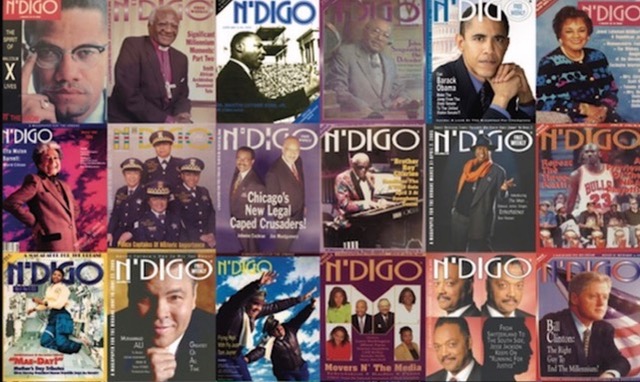
I started N’DIGO in 1989 as a reaction to what the Mayor called “the overwhelming whiteness and males of Chicago media outlets.” I wanted to project a freshness to the reporting on Black Chicago. It was more typical to see what I called the “super” stories – super poor to super famous.
Where was the Black doctor, entrepreneur, lawyer, teacher, author, and minister? I dared to show Black notables as balanced people who lived full lives. I used words like cosmopolitan, metropolitan, and urbane to describe my reader. I introduced a new newspaper to whites and Blacks. I wanted N’DIGO to bridge the definition of style, sense, and substance in Chicago.
I joined the Chicago press crop ranks with a viewpoint on lifestyles and politics and economics and business, just like white mainstream newspapers. I requested Black media types who were educated journalists but not employed journalists to join in creating a Black voice, for the same reason, Mr. Frederick Douglas began the North Star in 1847. Mr. Robert Sengstacke Abbot started The Chicago Defender in 1905, and John Johnson created Ebony and Jet Magazines in 1945. I was often challenged and asked, “Who did I think I was?” My answer was, please read N’DIGO so you can find out. The question itself raised eyebrows to suggest that I was talking about Chicago just as white media.
The Black press, at large, exists because whites didn’t cover Black issues or personalities. African Americans have been ignored. The constant image was negative and unsatisfactory, and down-trotted. Black reporters were hired for the mainstream but limited to write about “black topics.” Remember when Dr. King spoke about the war of Vietnam? He was criticized because he stepped out of the Black box to address a world issue. The thought that was racist that a Black Ph.D. with a Nobel Peace Prize could not address issues other than Black ones. He could not address international issues, according to some.
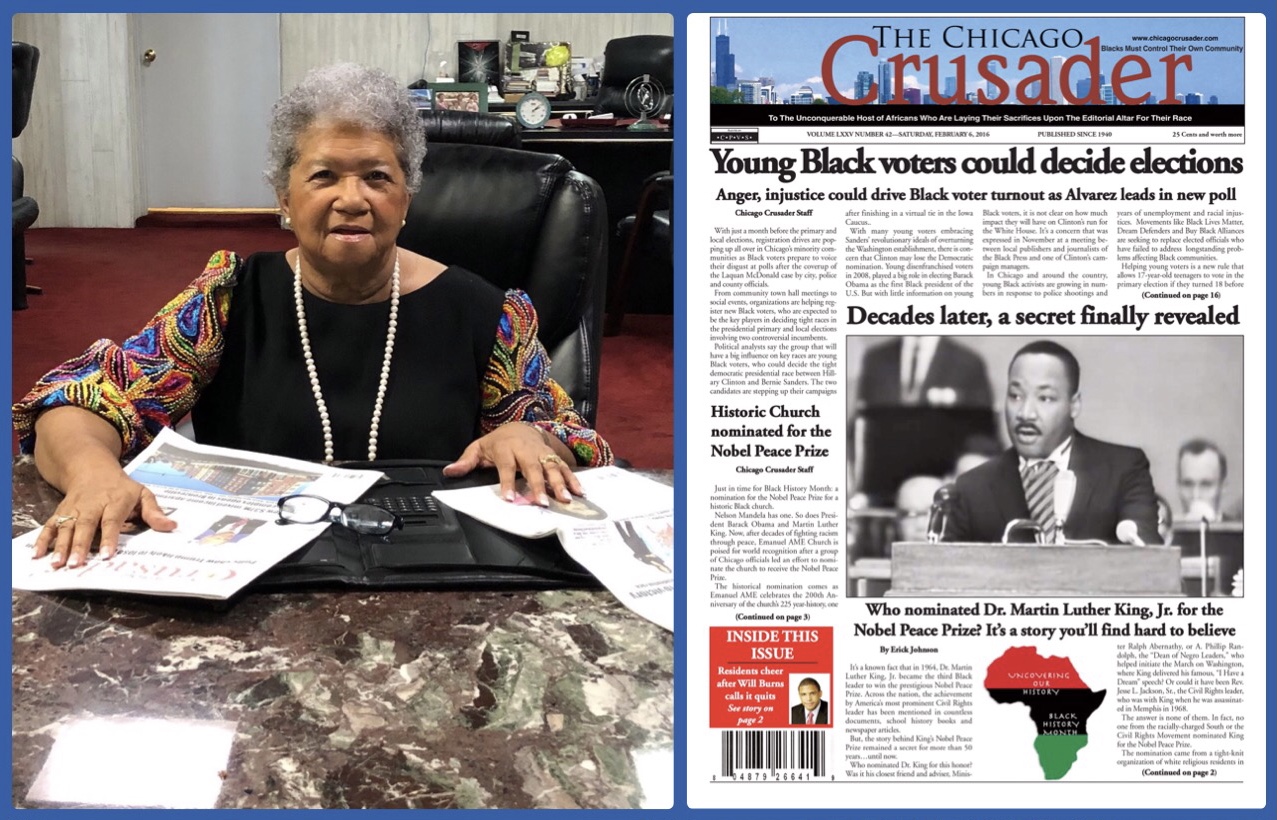
The Black press has been disrespected for the most part by the mainstream. Black news has been doubted, marginalized, and sometimes even disregarded, yet it has been the only “true” recognition, acclaim, and recognition for Blacks, with a free and pure voice. Chicago Crusader veteran newspaper publisher, Dorothy Leavell, says it took her over fifty years to get to the table with white publishers to discuss coverage and publishing business. Yet she has been the president three times representing America’s national Black newspaper owners.
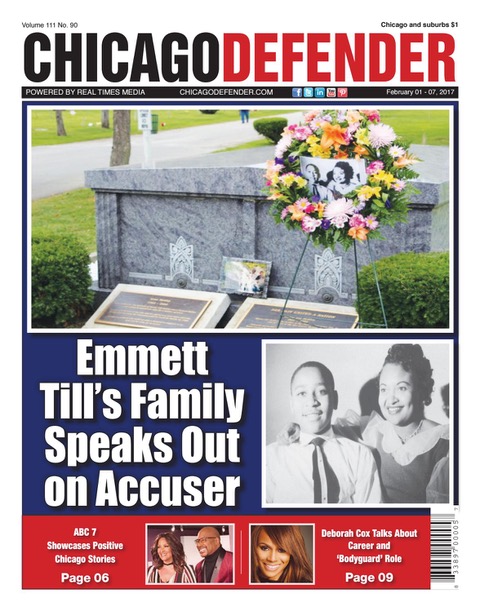
The Emmitt Till brutal murder might have just been another Mississippi undisclosed killing if not for The Chicago Defender and Jet Magazine, both Black publications. Dr. Martin Luther King, Jr.’s movement might not have gotten off the ground had it not been for the Black press. Ida B Wells took it upon herself to publish Memphis Free Speech Headlight and Free Speech covering race and politics. She was an investigative reporter on Black males hanging from southern trees. Major newspapers did not cover such crimes in detail. The White press always made the Black male the negative character because he was speaking out of turn or looking at a white woman or rape or thief. Often the real story was quite something else.
There are stories about Black America that have been suppressed by the White media rather than investigated. For example, the riots and mob murders and the burning of Tulsa, Oklahoma, in 1921 became known as Black Wall Street Massacre was an overlooked white media story. There existed a prosperous community in Tulsa. Black-owned stores and businesses were burned to the ground, killing many because the proprietors were successful. This story comes to light a century later, mainly because Black reporters are interested in the truth of history overlooked.
So, How Is The Media Racist? Let Me Count The Ways…
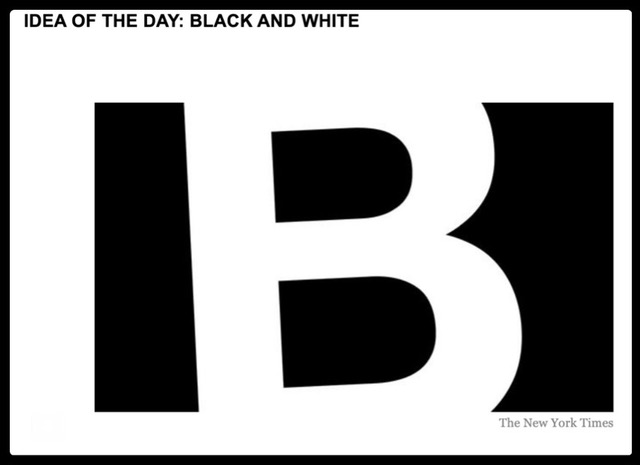
Example 1.
The New York Times, the nation’s top paper printing all the news that’s fit to print, just began to capitalize the “B” in Black on July 5, 2020.
By their admission, they didn’t capitalize the “N” in Negro until W.E.B. Dubois wrote letters to mainstream media requesting the capitalization, pointing out the insult. His effort took four years. According to the New York Times,
W.E.B. Du Bois had started a letter-writing campaign asking publications, including The Times, to capitalize the “N” in Negro, a term long since eradicated from The Times’s pages. “The use of a small letter for the name of twelve million Americans and two hundred million human beings,” he once wrote, was “a personal insult.”
The Times turned him down in 1926 before coming around in 1930 when the paper wrote that the new entry in its stylebook — its internal guide on grammar and usage — was “not merely a typographical change,” but “an act in recognition of racial self-respect.
By not capitalizing the “B” in Black was a disrespectful gesture. Proper noun rules apply even to racist practices. I assume the diversity in the newsroom changed the policy of the New York Times stylebook.
Example 2.
If you need evidence of the drastic difference between white reporting and Black reporting, here’s a brief history lesson. Take a look at what White papers wrote about the killings of Black Panthers Fred Hampton and Mark Clark. White media portrayed the panthers as a notorious gang that was a public threat.
State’s Attorney Hanrahan and Chicago police killed them in their sleep with 80 bullets on a cold December day in 1968. Read the account in the white papers, _Chicago Sun-Times_, and the _Chicago Tribune_. Then read the Chicago Defender and The Chicago Crusader. It is a lesson on a racist narrative, a real contrast on viewpoint, whereas the truth is murder was ordered by J. Edgar Hoover, the FBI chief.
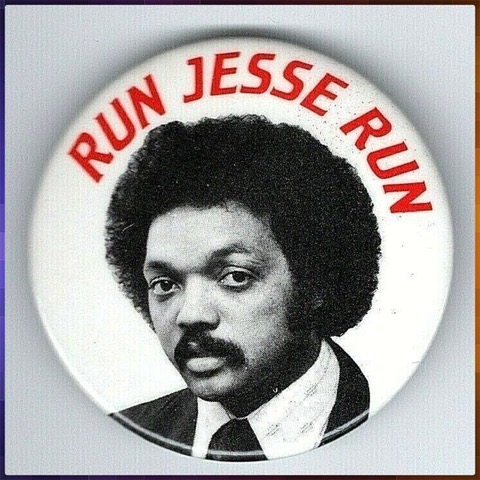
Example 3.
When the Rev. Jesse Jackson ran for President of the United States in 1984/1988, the white national story from white columnists was, “why is Jesse Jackson running? What does he want for real?” This was a typical interview question. It was like he had lost his mind to dare to run for the highest office in the land.
Black pundits wrote another story, run Jesse run, was the sentiment as he forcefully explained the demographics of the south and democratic voting patterns. Black reporters presented another perspective. The white male columnists were curiously disrespectful and thought the impossible was evident and, in some instances, painted Jackson as an egotistical maniac who was out of control. He answered patiently every question demonstrating how a unified Black America could elect a president.
Example 4.
A Black female reporter at CBS-TV whose contract was under consideration for renewal because of the darkness of her skin. She was told she was too dark for television. The Black community was incest at the idea and organized protest led by the late Rev, Willie Barrow, and Black radio station WVON. Her contract was renewed. This is an example of colorization racism.
Example 5.
And then there is the story of a Tribune Black male reporter who had become a political reporter at the time of Harold Washington’s campaign. Early on, he said that Washington would win the race. He talked about looking at the race from the bottom up, and he saw Harold’s victory without statistics, trends, and political analysis. He was relying on the “movement” in the streets about Harold, as he recognized the unity of the Black community. He predicted Harold would win. The prediction cost him his byline.

Example 6.
Political reporter, Dick Kay of NBC-TV, was brutal when he badgered Mayor Eugene Sawyer as he told about Sawyer’s southern accent. He even traveled to the city where Sawyer was born in Arkansas to hear others talk and learn the dialect’s origin. Never was this done with Mayor Daley, with travel to Ireland, as they often spoke with a “Bridgeport Irish brogue” that you might not understand. Newsrooms with Daley had a saying, don’t necessarily write what Daley said, write what he means.
The late Dick Kay, as he covered the race of Mayor Harold Washington and Richard Daley, once covered Daley at a Bridgeport community meeting.
Daley told the audience they should vote for him because he would be the “white mayor.” Kay asked did he say “white or did he say “wet” Mayor. What is a “wet” mayor, Mr. Kay? This was a drag on a news story for about three days on NBC news. Did he say white or wet? Go figure. It was race-bating.
Example 7.
The Chicago Tribune had a Black male reporter who wrote front-page news. He was sent to cover boxing business tycoon Don King. The reporter shadowed King for a whole week. His story was positive on King, King the tycoon, King the community man, King the nice guy, King the boxing guru. When he filed his report, white editors told him that this was not the story they wanted. They were looking for a negative portrait. The reporter said I couldn’t write it because I didn’t witness it. The reporter smartly sold the story to a national magazine. He did not remain star reporter long, as he soon departed from the mainstream press.
Example 8.
A male reporter, the weekend anchor, went to his news editors at CBS-TV to say he refused to cover on-air comments from Blacks with no teeth and plastic bags on their heads and who was not articulate. He did not want to show ignorance. He was reprimanded as he expressed his concern about the negative images he was projecting. He soon departed.
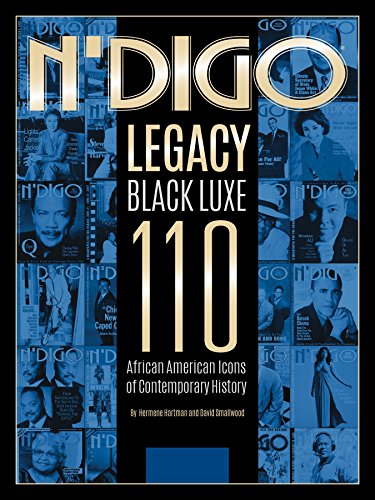
Example 9.
I have a beautiful coffee tabletop book, N’DIGO LEGACY: Black Luxe 110.
It is a compilation of top stories that are now historical profiles on Chicago personages, including the very first profile on Barack Obama. It features front-page stories from N’DIGO, a popular weekly Black newspaper that is now digital exclusively. While on the publicity circuit with the book, The Chicago Tribune’s Black female reporter said she could not review the book because I spoke about racist-type experiences in the mainstream white media. The book was not reviewed.
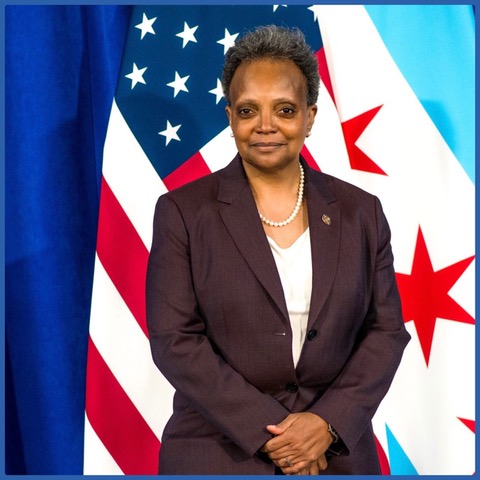
Example 10.
Finally, here’s what Mayor Lori Lightfoot didn’t say. There is a different standard and attitude when Whites cover Black politicians. The game played is “gotcha you” or attack. Think of Todd Stroger when he was President of the County Board. The White press attacked him unmercifully and viciously. His was the only municipal budget, at that time, to present a balanced budget because he did the right thing to raise the county taxes with mere pennies, and he was criticized every step of the way rather than applauded. His political career ended.
So now where are we, as the Mayor, recognizes the racism in the media?
How about, fix it. Do the right thing. In this midterm time, the Mayor has her hands full in dealing with Chicago problems like the pandemic, the reopening of the city, union vote of no confidence, crime in the streets, reopening the schools, and her big ideas of a casino located in Chicago and the rebuild of downtown Chicago. But, don’t get mad at her, as she tells the truth and speaks to a problem long overdue for genuine discussion and new practices.
The Mayor has awakened us all to harsh realities. I hope we take heed. We are all subjected to technology and new owners and new bosses and emerging journalists as we all function in the media space. Advertising dwindles from traditional media and shifts to new platforms. We return to our beats and niches, columns, and microphones. Hopefully, the Mayor has given us a wake-up call to be better, without offense but with the truth simply.
Change.


